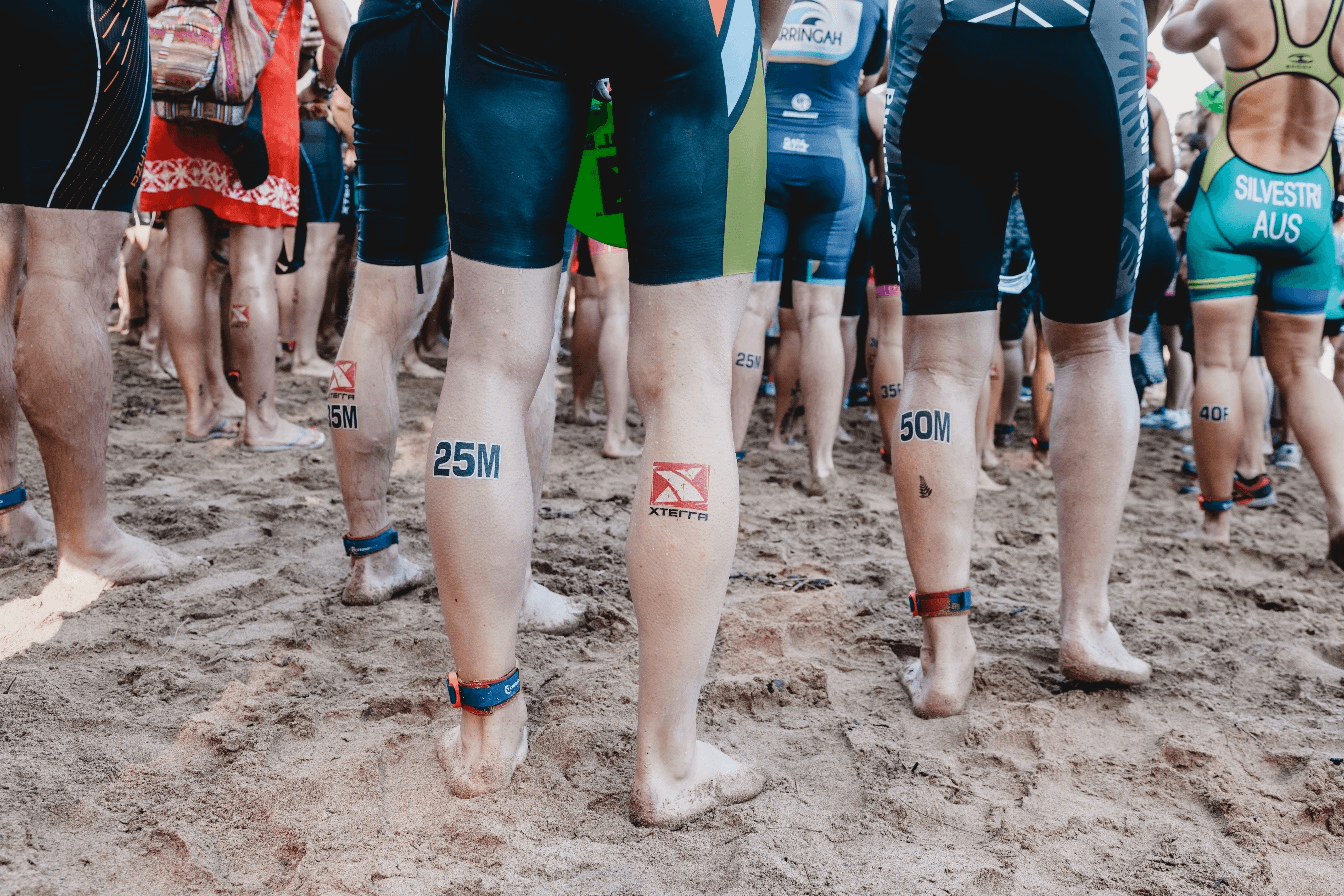There are a variety of sports that are commonly offered in schools today, depending on the school’s location, size, and resources.
Some of the most common sports offered in the UK are as follows:
- Football (Soccer): Football is extremely popular and is played by millions of people at all levels, from grassroots to professional. It is often seen as the national sport of England and is deeply embedded in the country’s culture. Many schools offer football as a sport, and it is played by both boys and girls.
- Rugby: Rugby is another popular sport and is played predominantly by boys. It is a physical sport that requires strength, speed, and agility, and is often seen as a symbol of the country’s sporting heritage.
- Cricket: Cricket is a bat-and-ball game originated in England and is still widely played in the country today. It is often played by boys in schools and is seen as a quintessentially English sport.
- Netball: Netball is a ball sport similar to basketball and is played predominantly by girls in the UK. It is a popular sport in schools and is often seen as a way for girls to develop their team-working and communication skills.
- Tennis: Tennis is a popular individual sport and is often offered in schools. It is played on a variety of surfaces, including grass, clay, and hard courts, and is known for its elegance and technical skill.
- Athletics: Athletics includes a range of individual track and field events, such as sprints, hurdles, long jump, high jump, and shot put. It is a popular sport in schools and is often seen as a way for students to develop their physical fitness and competitive spirit.
- Swimming: Swimming is a popular individual sport that is often offered in schools in the UK. It is a low-impact sport that can help students develop their cardiovascular fitness and overall health.
It’s worth noting that the most common sports offered can vary depending on the region, culture, and school district. Some schools may also offer a variety of sports such as martial arts, dance, pistol shooting or skateboarding, which can provide unique physical and developmental benefits for students.
Less traditional sports such as martial arts, dance, yoga, fitness and skateboarding have also become more popular in schools. These activities can provide unique physical and developmental benefits, such as improved balance, coordination, and self-confidence. According to The British Council, on average, 14-to 16-year-olds do about 100 minutes of sport a week at school, but this reduces to 30 minutes a week for 17- and 18-year-olds.
Trends across certain sports
It is also worth noting that the availability of certain sports can vary depending on the school’s resources, such as the size and quality of sports facilities, the availability of coaches and equipment, and the level of funding for sports programs. However, most schools strive to offer a variety of sports programs that cater to the interests and abilities of their students.
The trend towards offering a wider variety of sports and activities in schools has been positive for students, providing them with more opportunities to stay active, develop new skills, and find the sports and activities that they enjoy most.









